Reimagining how atrial fibrillation is treated
We’re pioneering rapid, safe therapies that put better heart rhythm care within reach — in the hospital and at home.
.webp)
Why us
Innovating safer, faster atrial fibrillation treatment solutions
Delivering effective care from hospital to home
Rapid, reliable cardioversion anywhere
Our therapies are designed for quick, predictable rhythm restoration in a variety of care settings
Proven drug synergy for safety
Combining well known anti-arrhythmic agents to maximize efficacy while reducing proarrhythmic risk
Expanding access and reducing costs
Enabling earlier discharge and at-home treatment lowers hospital burden and overall healthcare expenses

Key statistics
High-impact numbers driving our mission forward
1 Million
Annual U.S. hospital patients with new atrial fibrillation episodes
$6 Billion
Estimated U.S. market potential for cardioversion of atrial fibrillation at home
$1.5 Billion
Current U.S. market opportunity for eligible AFib cardioversion patients
.png)
Our science
Leveraging proven drugs with innovative delivery to transform AF treatment
Synergistic drug combination
Pairing Class I-C and Class III antiarrhythmics for superior cardioversion outcomes:
- Maximizes cardioversion rates in paroxysmal AFib and AFL
- Balances efficacy with improved safety profile
- Reduces need for electrical cardioversion
Flexible delivery platforms
- IV fixed-dose combination for monitored care
- Potential at-home options
- Simplified administration
.png)
.png)
Our clinical trials
Advancing from proof-of-concept to pivotal studies
Designed to rapidly demonstrate safety, efficacy, and usability of our AFib therapies in both hospital and home settings.


.png)
